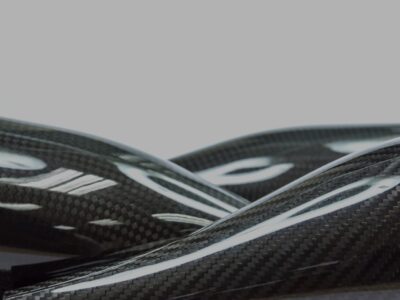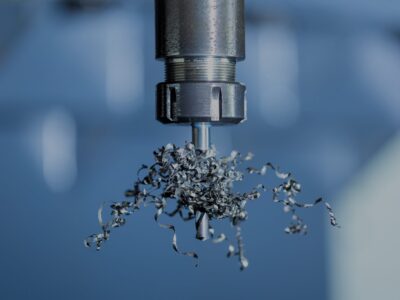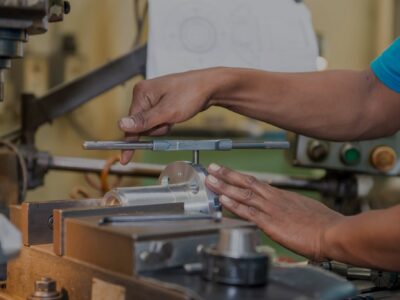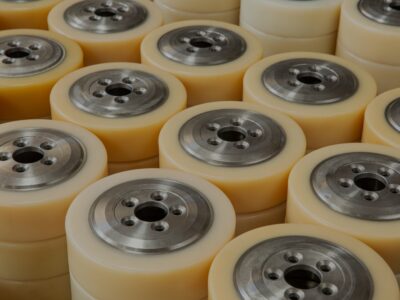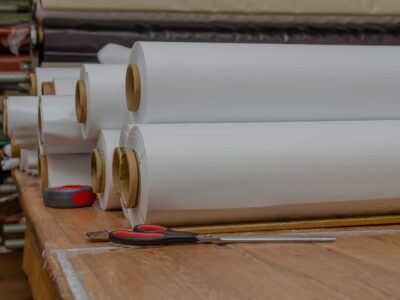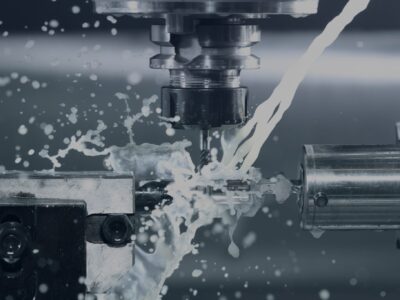Originally published on fastradius.com on February 10, 2021
Lightweighting is the process of reducing a part’s weight for environmental and/or economic reasons. Engineers achieve lightweight parts at the design level by removing unnecessary material, either by coring parts out, employing lattices in their designs, or taking advantage of topology optimization. Another effective method of lightweighting is swapping out a heavy material for a lighter one that meets critical mechanical requirements. Lighter parts are easier on the environment, more cost-efficient, and more fuel-efficient, plus they often offer product teams more material options.
Lightweighting is a very popular technique in the automotive, aerospace, and construction industries. Common applications for lightweighting in the automotive industry — one of its most prominent use-cases — include engine blocks, chassis, and a wide variety of other parts. If a product team is not pursuing lightweighting through design elements such as lattices, but through the incorporation of lighter materials, it’s important that they employ a material that does not sacrifice strength or durability — composites often fit the bill.
What is a composite material?
Composite materials are heterogeneous mixtures of two or more materials designed to achieve specific properties. The final properties of the composite material will ultimately depend on its makeup, but generally speaking, composites are stronger than either base material on its own.
Composite materials are ideal for lightweighting because, by weight, they are stronger than most high-performance homogeneous materials on the market. The most common structure for composites consists of fibers held together by a binding matrix. These components work together to combine the strongest aspects of each one. The reinforcing fibers in the composite carry the load while the surrounding matrix, often consisting of polymers, ensures the fibers maintain their relative positions. As a result, in some cases composites can be up to 10 times stronger than steel and 8 times stronger than aluminum, but still remarkably light. CNC-machined parts built with lightweight composite materials are more fuel-efficient and easier to transport or install.
In addition to high strength, durability, and low weight, composite materials tend to offer increased design flexibility. They can be easily molded to fit complex geometries, making them ideal for use with CNC machining. And since there are so many material combinations available for composites, designers can find tailor-made CNC composites that will fit their unique requirements.
Common composite building materials
The two classifications of composite materials most applicable to lightweighting are polymer matrix composites (PMCs) and metal matrix composites (MMCs). PMCs, also known as fiber-reinforced polymers, are the most common and use a polymer-based resin for the matrix and a carbon or glass fiber for the reinforcement. MMCs are popular for lightweighting in the automotive industry and use a metal like aluminum for the matrix and silicon carbide for fiber reinforcement.
Lightweighting composites can be made from many different combinations of materials, so engineers have a lot of ground to cover when it comes to material selection. Here are three common composite building materials that are used for lightweighting CNC-machined parts.
1. Carbon
Carbon fibers come in two main varieties — polyacrylonitrile-based (PAN) carbon and pitch-derived carbon. 90% of the carbon fibers on the market today are polyacrylonitrile-based, and these fibers offer high stiffness and modulus values, as well as an impressive strength-to-weight value. Carbon is well-suited for lightweighting because it is a low-density composite material with a high weight reduction potential — in fact, it’s 50% lighter than steel.
Common applications for CNC-machined carbon fiber composites include frames, chassis, and other components in the aerospace and automotive industries. Unfortunately, cost is carbon’s most significant limitation. It’s 570% more expensive than steel, according to the International Research Journal of Engineering and Technology, which is prohibitively expensive for many product teams. Also, carbon fibers have a low impact resistance, which engineers should keep in mind for lightweighting in the automotive industry.
2. Glass
Glass composite filling materials come in five different commercial compositions — E-glass, C-glass, S-glass, R-glass, and T-glass. E-glass is the most common glass fiber used in polymer matrices for lightweighting and offers excellent mechanical properties, high electrical insulation, and low susceptibility to moisture. C-glass fibers are best for applications where the part requires chemical-resistance, but S-glass has higher strength, heat resistance, and modulus.
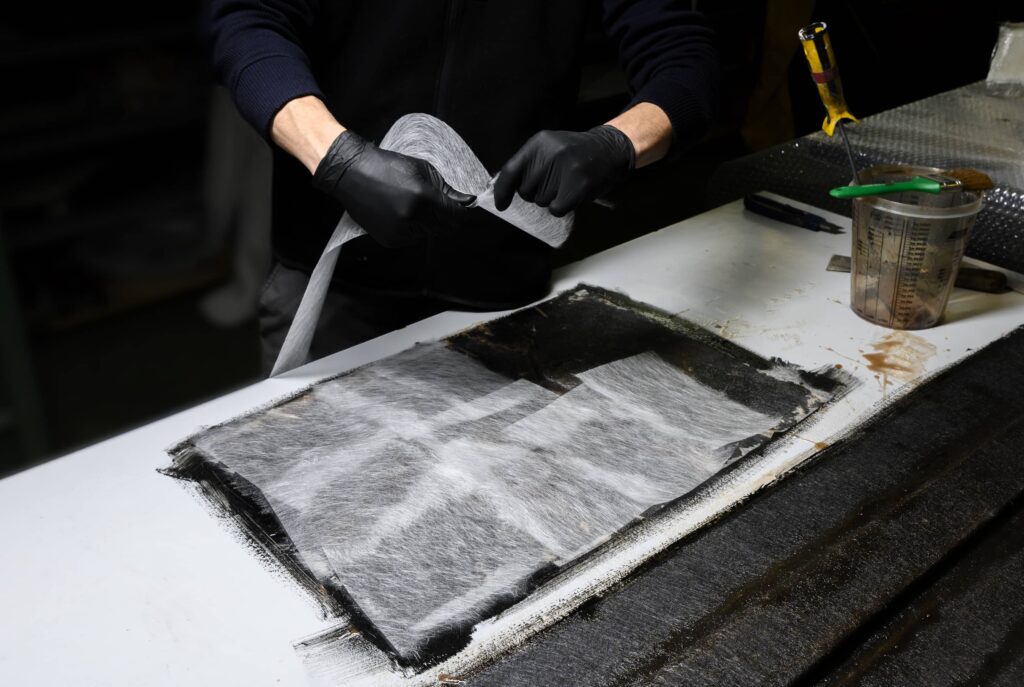
Glass fillers can still be used as a composite material for lightweighting, but engineers should know that glass-fiber-reinforced parts will be heavier than carbon-fiber-reinforced parts and require special design accommodations in applications where high stiffness is required. Product teams and designers should keep these factors in mind during the design phase. Despite these limitations, many products use glass fibers because they are considerably more cost-effective than carbon fibers.
3. Aluminum
Aluminum-based metal matrix composites are very popular for lightweighting in the automotive industry. In general, aluminum alloys have some of the highest strength-to-weight ratios of commonly available metals, offer excellent electrical conductivity, and are highly corrosion-resistant. What’s more, aluminum composites weigh about a third of what steel does.
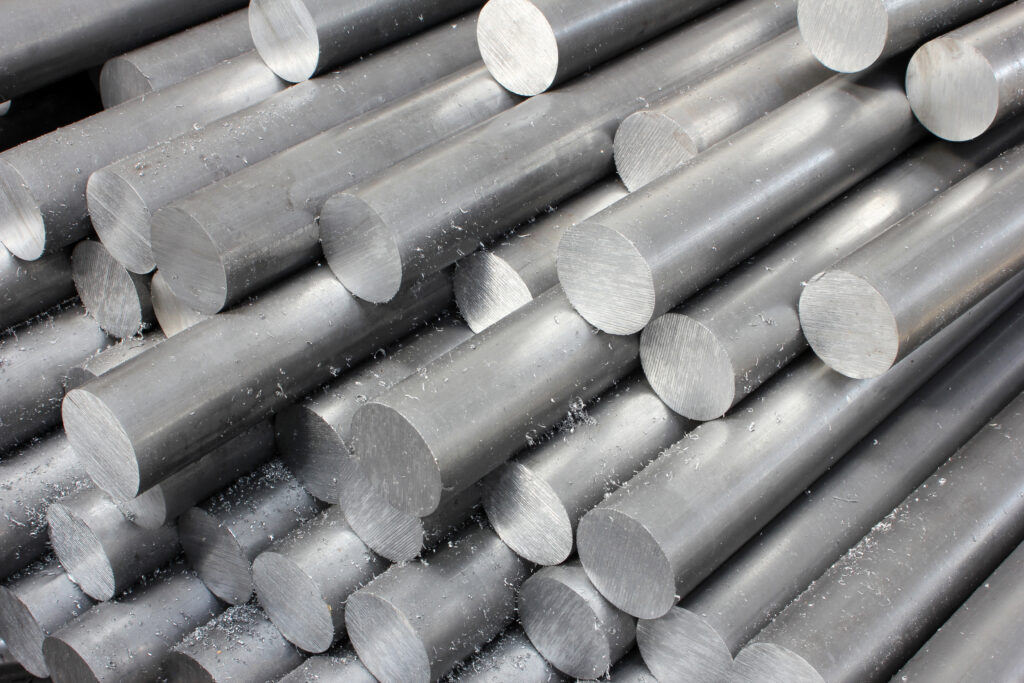
When aluminum is included in an MMC, the composite material can have a higher modulus, lower coefficient of thermal expansion, and higher hardness than unreinforced aluminum. Common applications in the automotive industry include vehicle frames, electrical wiring, wheels, engine parts, and more. Unfortunately, working with aluminum can drive up manufacturing costs.
Getting started with CNC composites
For engineers looking to machine strong, flexible, and damage-resistant parts without adding extra bulk, composite materials are the perfect choice for lightweighting. Polymer matrix and metal matrix composites represent two broad categories of composite materials, and any composite that falls into one of these categories can be made up of many different combinations of materials. As such, it can be challenging for product teams to ensure they’re choosing the right composite material for their project.
An experienced manufacturing partner like SyBridge Technologies can help product teams master the material selection process. Our team of expert designers, engineers, machinists, and technologists have decades of experience in ushering teams through the entire product development process, so we know that an exceptional part starts with the right materials. Contact us today — we’re here to help.
